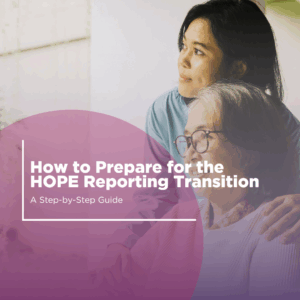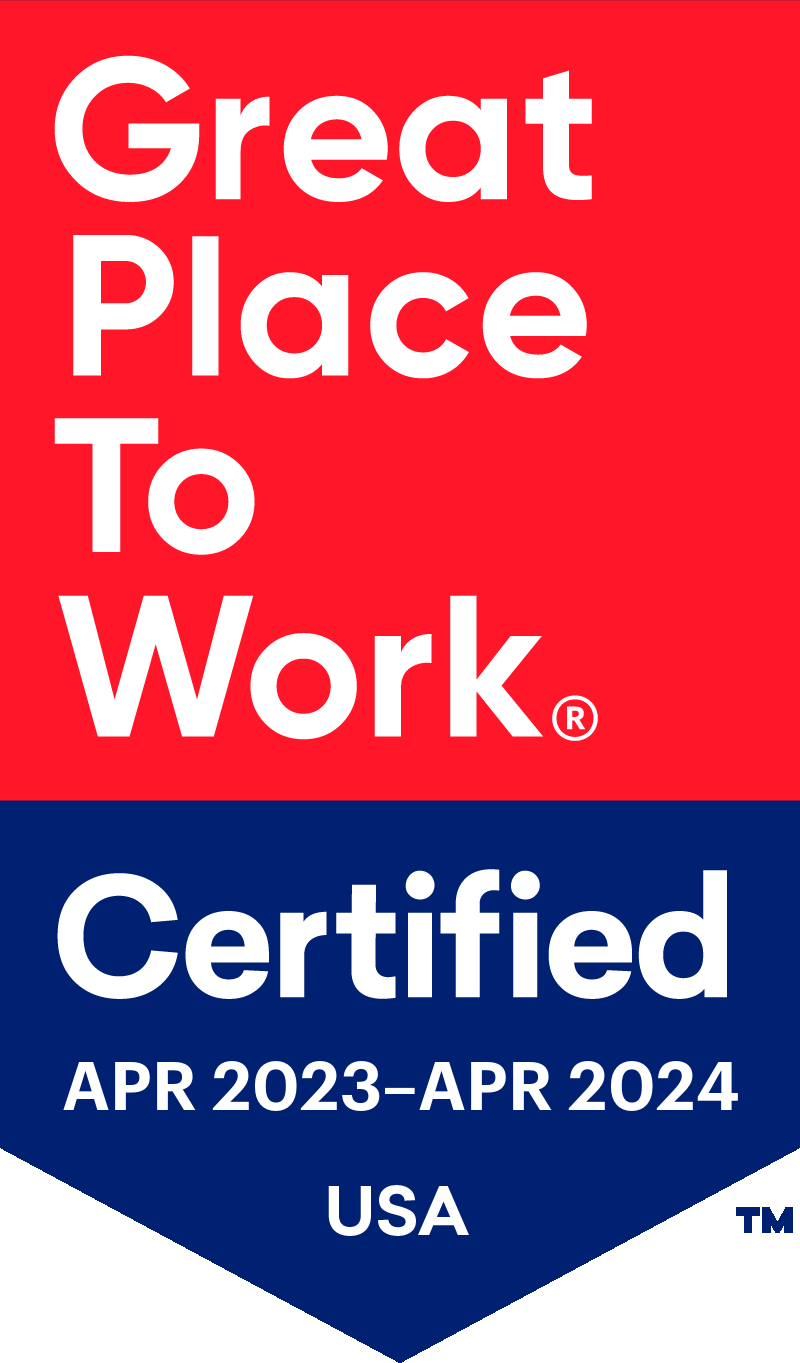How to Prepare for the HOPE Reporting Transition: A Step-by-Step Guide
The transition to the HOPE (Hospice Outcomes & Patient Evaluation) model marks a significant change in hospice documentation, introducing structured assessments focused on symptom impact and patient-centered care. While change can feel overwhelming, preparing ahead of time ensures your team not only adapts, but thrives.
At Curantis, we’ve mapped out a practical step-by-step guide to help your organization stay ahead, reduce friction, and fully align with the new reporting requirements.
Step 1: Understand What’s Changing and Why
HOPE replaces HIS (Hospice Item Set) with a more clinically meaningful model designed to track how symptoms affect quality of life. Instead of just reporting that a symptom exists, HOPE asks: How much does this impact the patient’s daily living?
Understanding this shift helps your team align their mindset, not just their documentation, with the deeper intent behind HOPE: to provide better, more responsive care.
Step 2: Update Policies and Procedures
Audit your current workflows for:
- Initial nursing visits (INVs)
- Scheduled assessments
- Symptom follow-up triggers
- QA processes
Adjust internal SOPs to reflect:
- HOPE-specific visit timing (e.g., HUV1 due by Day 15, HUV2 by Day 30)
- Follow-up documentation expectations for high-impact symptoms
- Clear designation of who is responsible for completing and reviewing HOPE files
Step 3: Train Your Team—Clinicians, QA, and Admins
Make sure all team members understand:
- The difference between HIS and HOPE workflows
- How to complete a HOPE visit (INV, HUV1, HUV2, and symptom follow-up)
- What symptom impact means—and how to document it effectively
- Where to find alerts and what actions they trigger in your software solution
Pro tip: Include real scenarios in training that show how documentation influences downstream reporting and follow-up workflows.
Step 4: Leverage Your Technology
Curantis Solutions is already rolling out powerful tools to support HOPE-readiness:
- Automated visit creation (no manual HOPE file setup required!)
- Symptom follow-up alerts built directly into the visit flow
- Summary cards that flag what’s missing and link you directly to the correct section
- HOPE preview options so you can see what’s being captured in real time
Lean on these features as they’re designed to remove guesswork and reduce the risk of missed documentation.
Step 5: Monitor Progress With New Dashboards and Metrics
With HOPE comes the need for timely and accurate submissions. Curantis Solutions will provide reporting tools that show:
- Files pending submission
- Symptom follow-up compliance
- Submission timing metrics
- QA queue performance
Use these insights to track how well your team is adapting and where you may need to focus additional training or support.
Step 6: Communicate Early and Often
This is a team effort. Regularly update staff on:
- What’s changing next (e.g., new system features, regulatory deadlines)
- How they’re doing (via internal dashboards and scorecards)
- Where to go for help or questions
Curantis Solutions will continue releasing updates leading up to the October HOPE start date, so having a plan to communicate these changes internally is key.
Final Thought: HOPE is a Catalyst for Better Care
Yes, HOPE is a regulatory requirement, but it’s also an opportunity. With thoughtful preparation, the transition can bring your organization into deeper alignment with the mission of hospice: to provide compassionate, patient-centered support at the end of life.
And with Curantis by your side, you’ll have the tools and automation you need to stay focused on what matters most—your patients.
To support you every step of the way, we’ve created the HOPE Hub—a dedicated resource center designed to guide your team through a seamless transition to HOPE-based documentation. For more HOPE Resources, visit here.
Contact us today to schedule a demo and see how we’re reimagining hospice and palliative care to make your software experience refreshingly simple.





